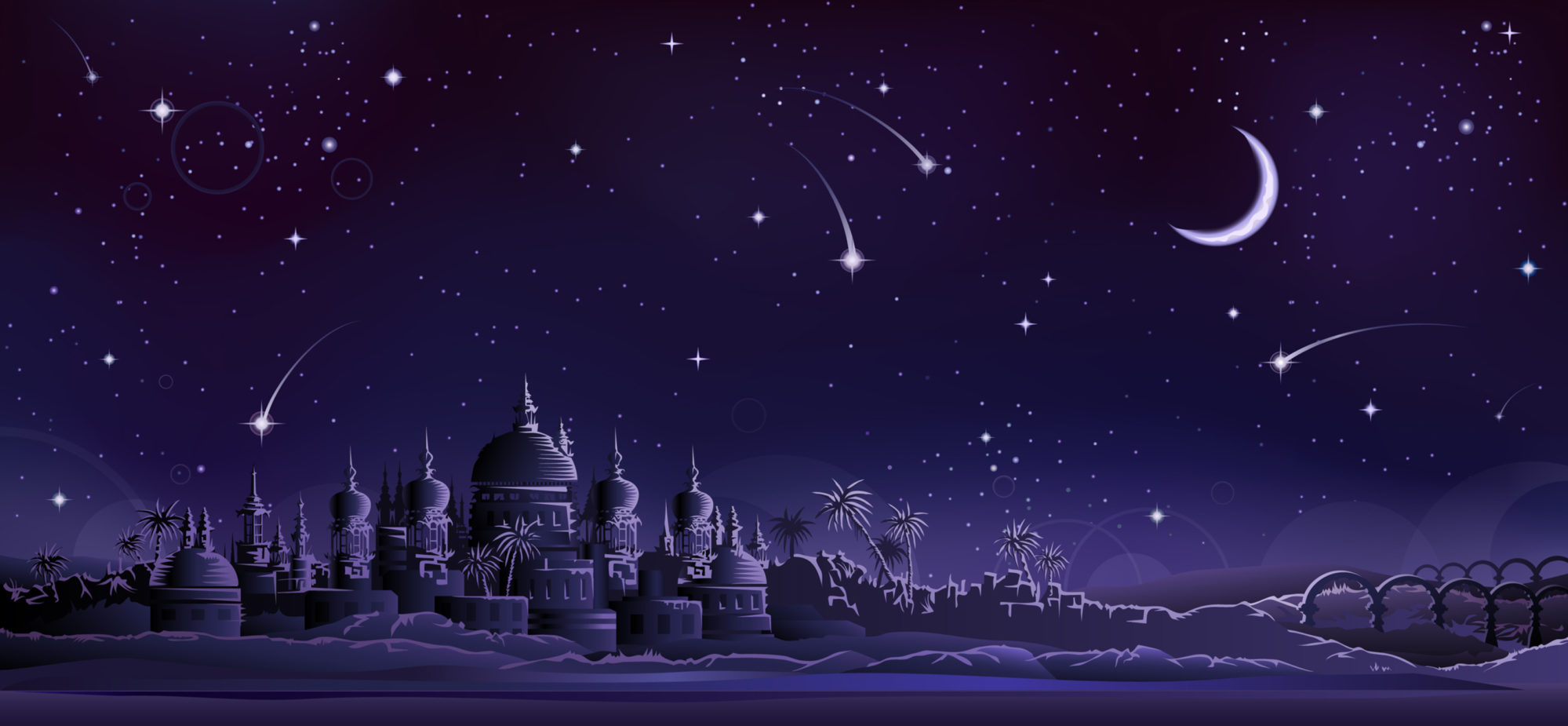So andrewjpeterswrites.com has been looking more like andrewjpeterssleeps.com lately, but truly, I have been doing a lot of writing off-line. Over 30K words in fact. It’s a project that was inspired in part by Allison Moon’s tasty werewolf series TALES OF THE PACK.
Lesbian werewolves: meet gay werecats.
Some of my friends have been quick to point out the comic possibilities of such a theme: high strung, fastidious queens who perch above the world throwing shade at their “inferiors.” I’m not taking it from that angle, for better or for worse. The series that’s coming together is dark and sexy and aims to explore what might really happen if man and feline could be merged. Some of you have seen my posts on my beloved tiger-striped tabby Chloë. I’m fascinated by cat psychology, as well as human psychology, so I hope to delve into those aspects, while keeping the tone gothic, humid and romantic.
Werewolf stories have a pretty big fandom, but who likes werecats? The literature is rather sparse. A Barnes & Noble search of “werecats” turns up fifteen titles, three of which are studies of an array of demonic creatures – vampires, werewolves and the like. Jami Lynn Saunders has a werecat horror series that comprises four of the other titles. The rest are paranormal romance (Sally Bosco’s WERECAT CHRONICLES for example) from a female heterosexual point of view.
Werecat films are few and far between. The only one that has some notoriety, from thirty years ago, is CAT PEOPLE, with Nastassja Kinski, Malcolm McDowell and a title song by David Bowie.

Poster from the 1982 movie
Then of course, there are the comics and RPGs. Thundercats tends to be the major reference when I tell people I’m writing a werecat story. (Regrettably).






